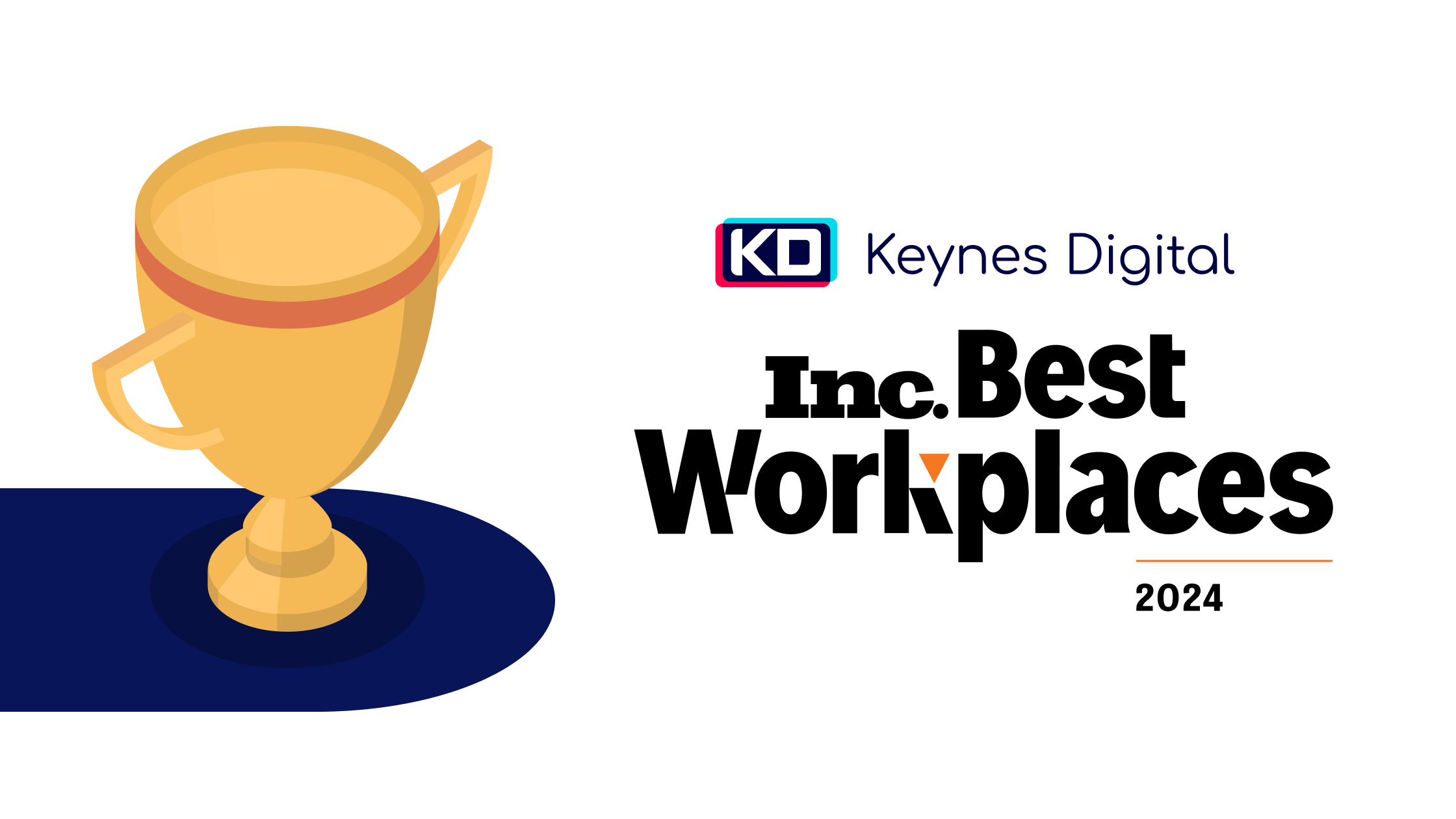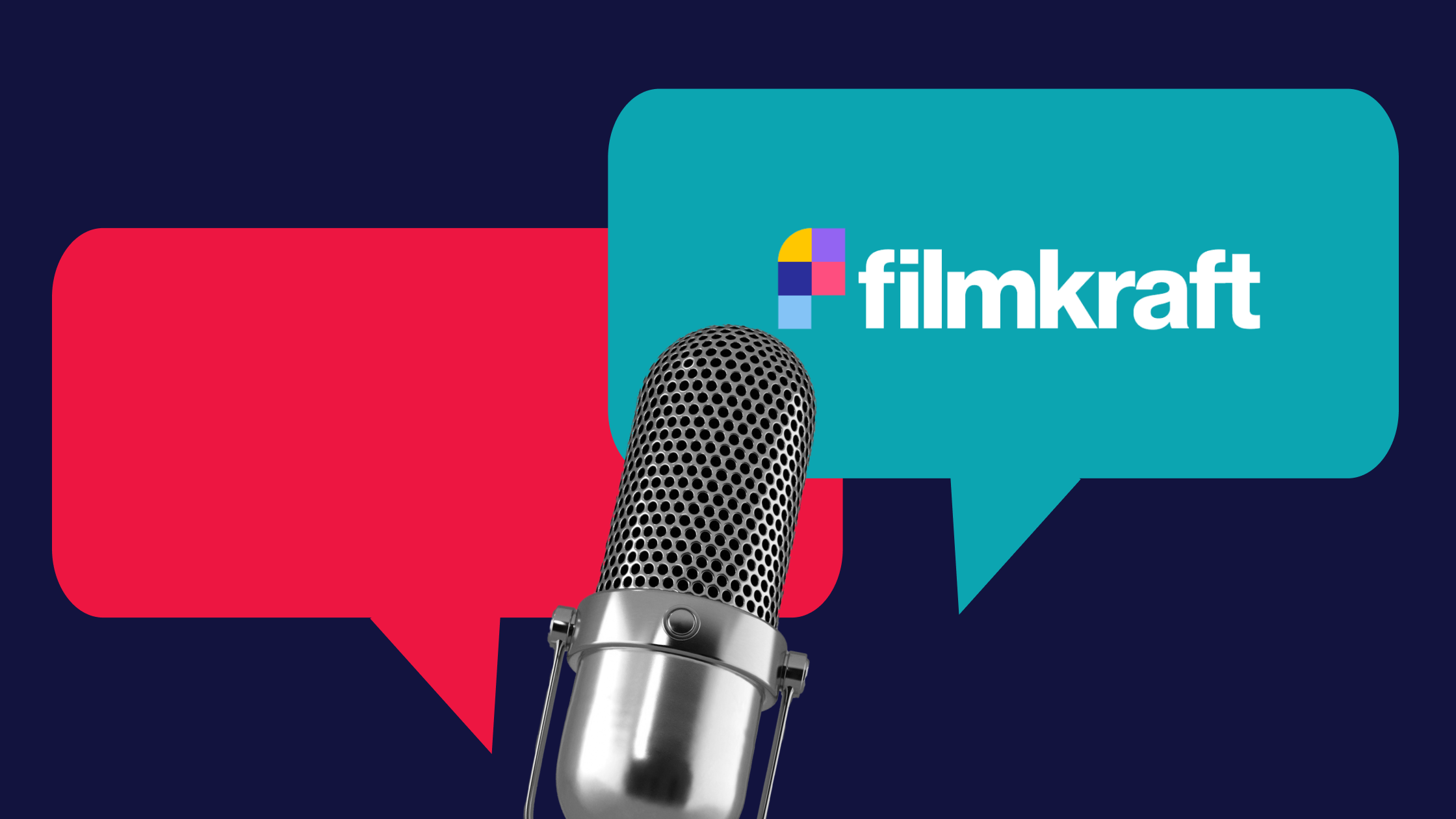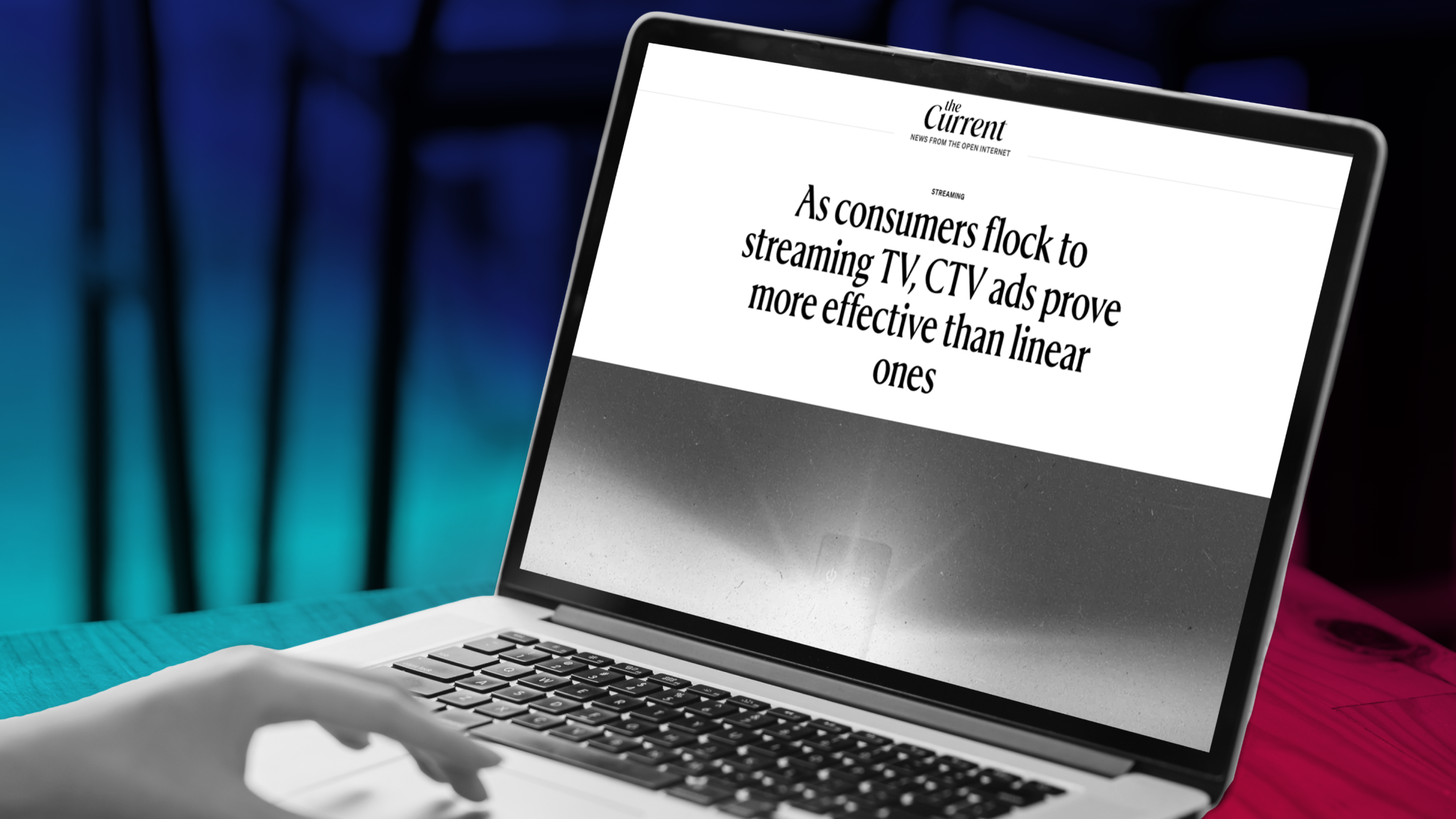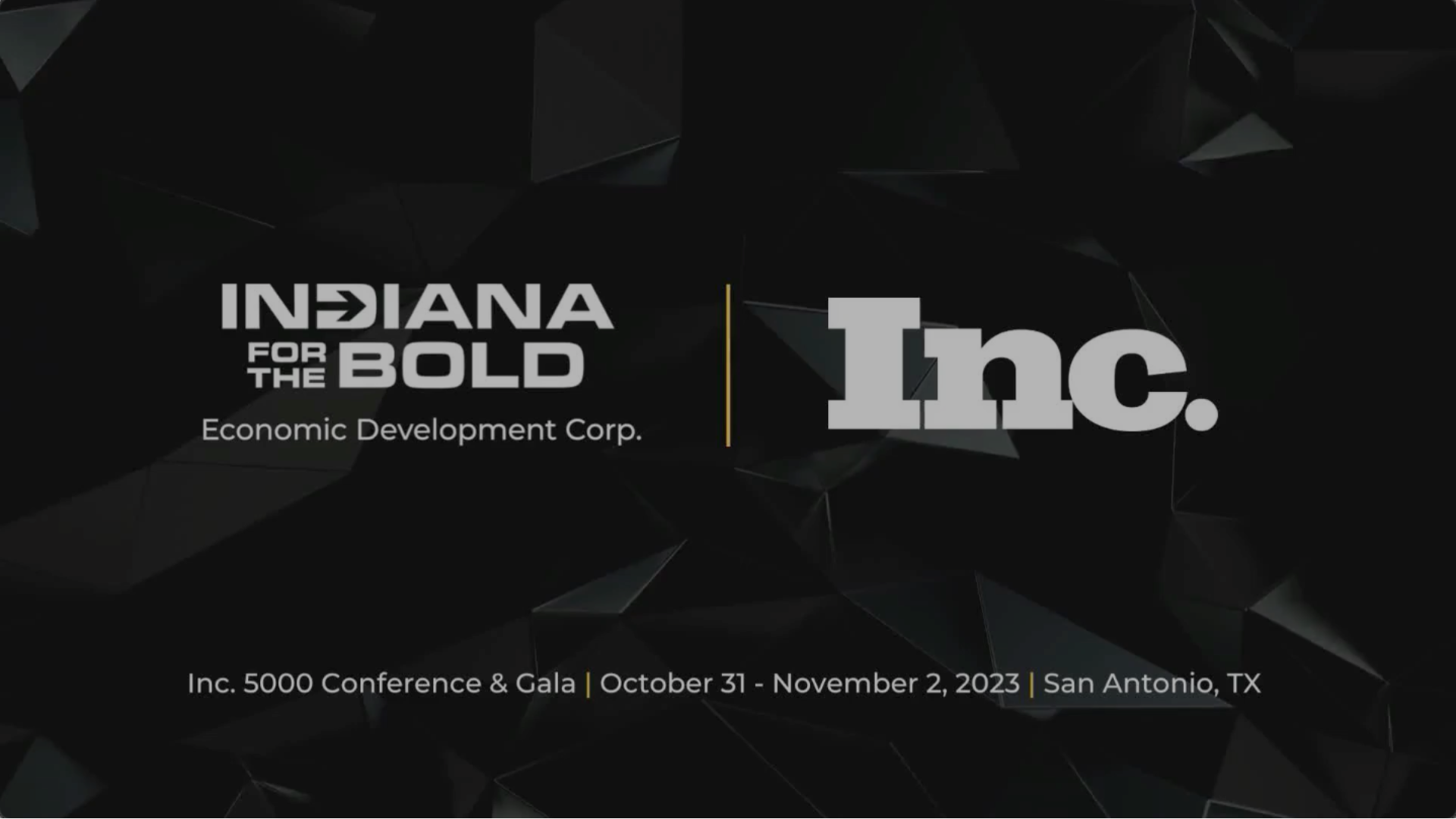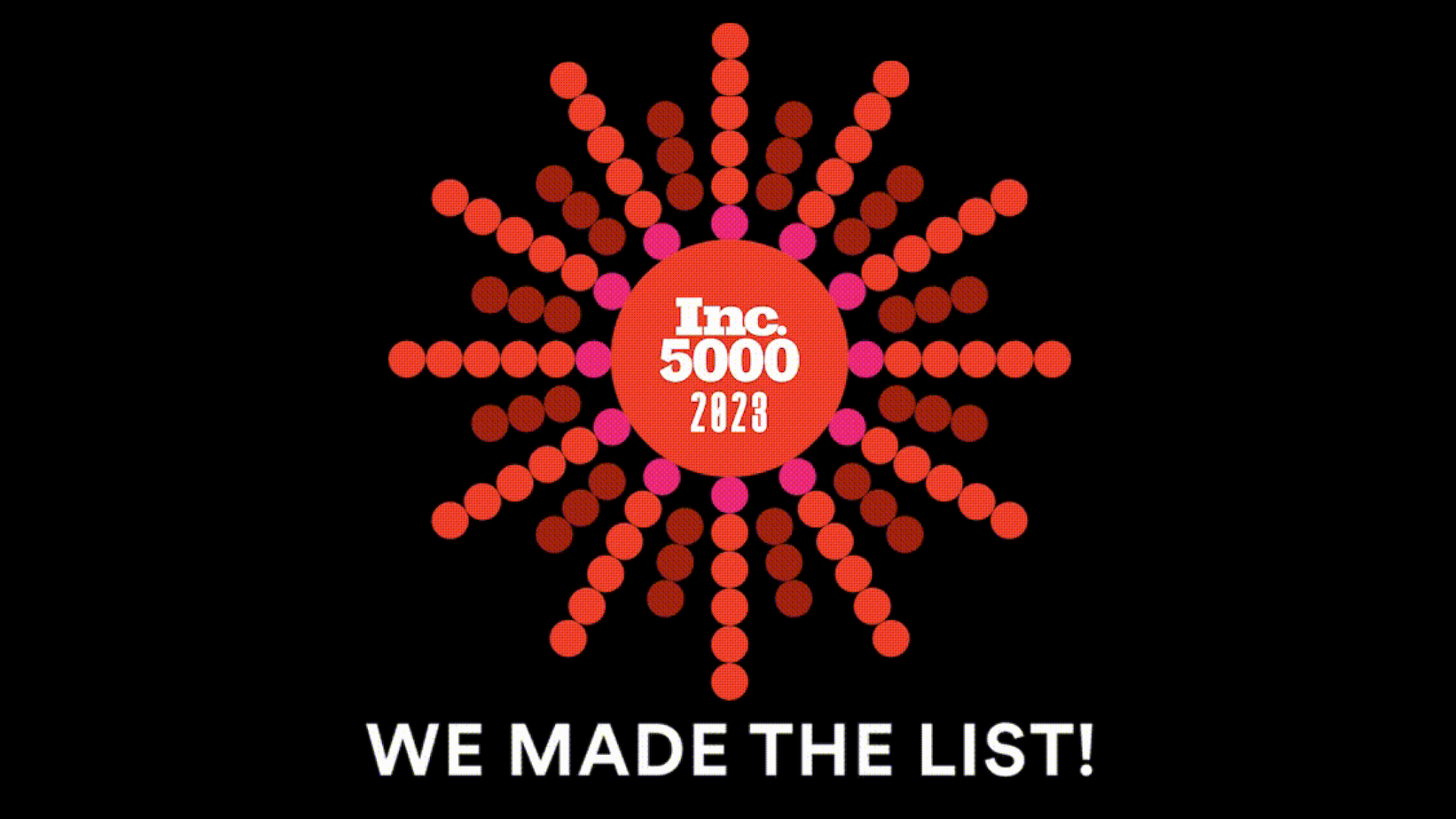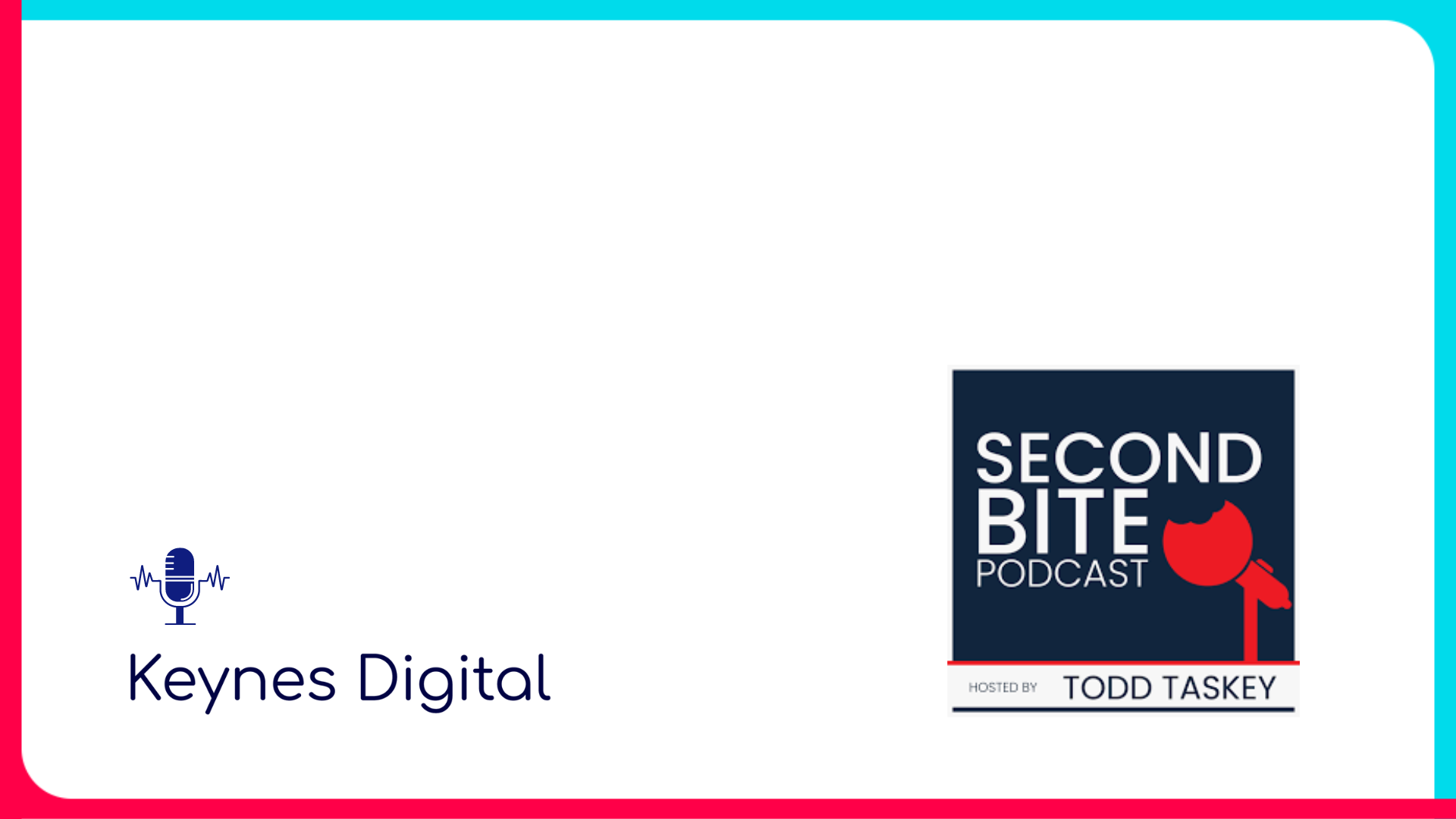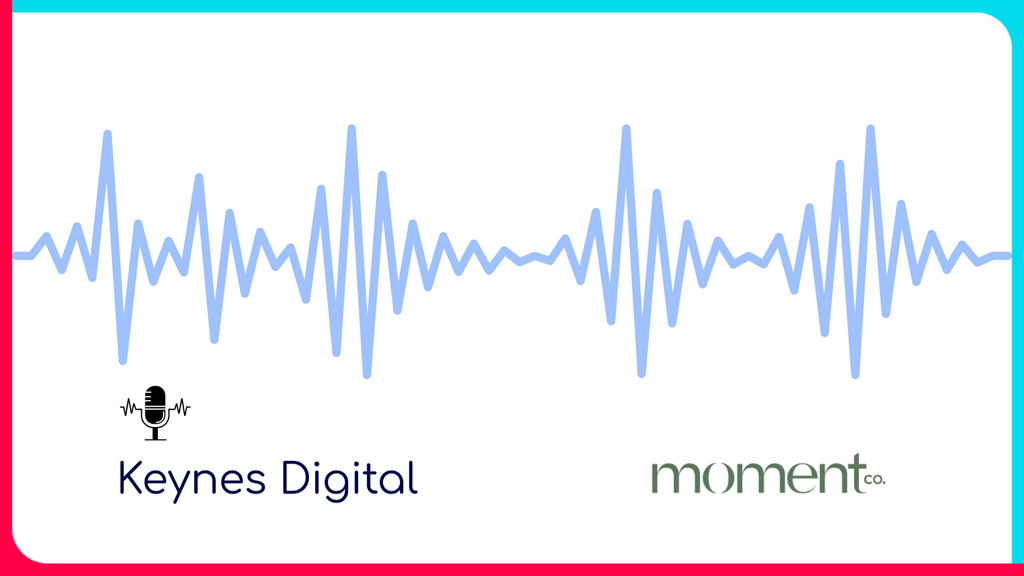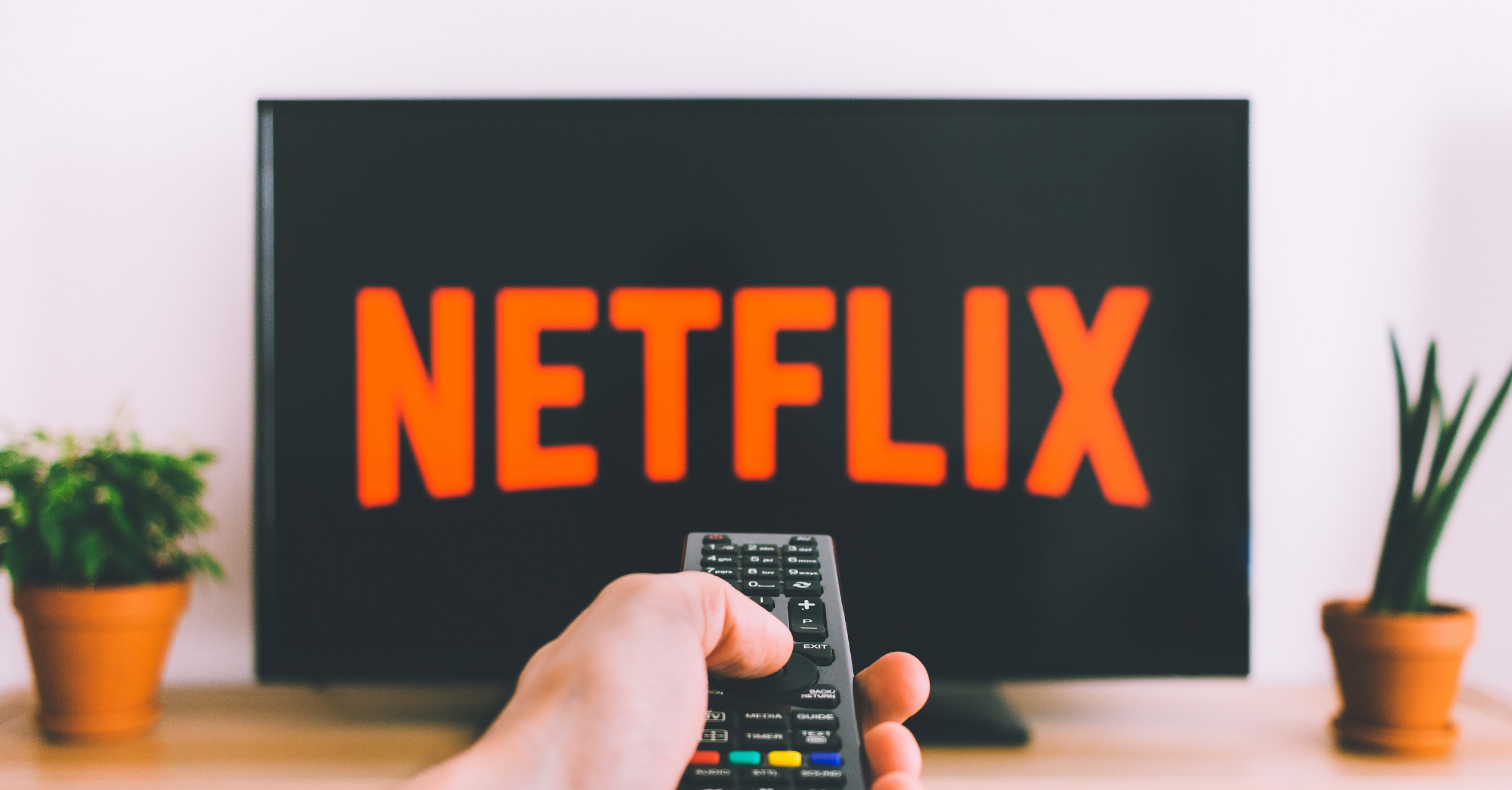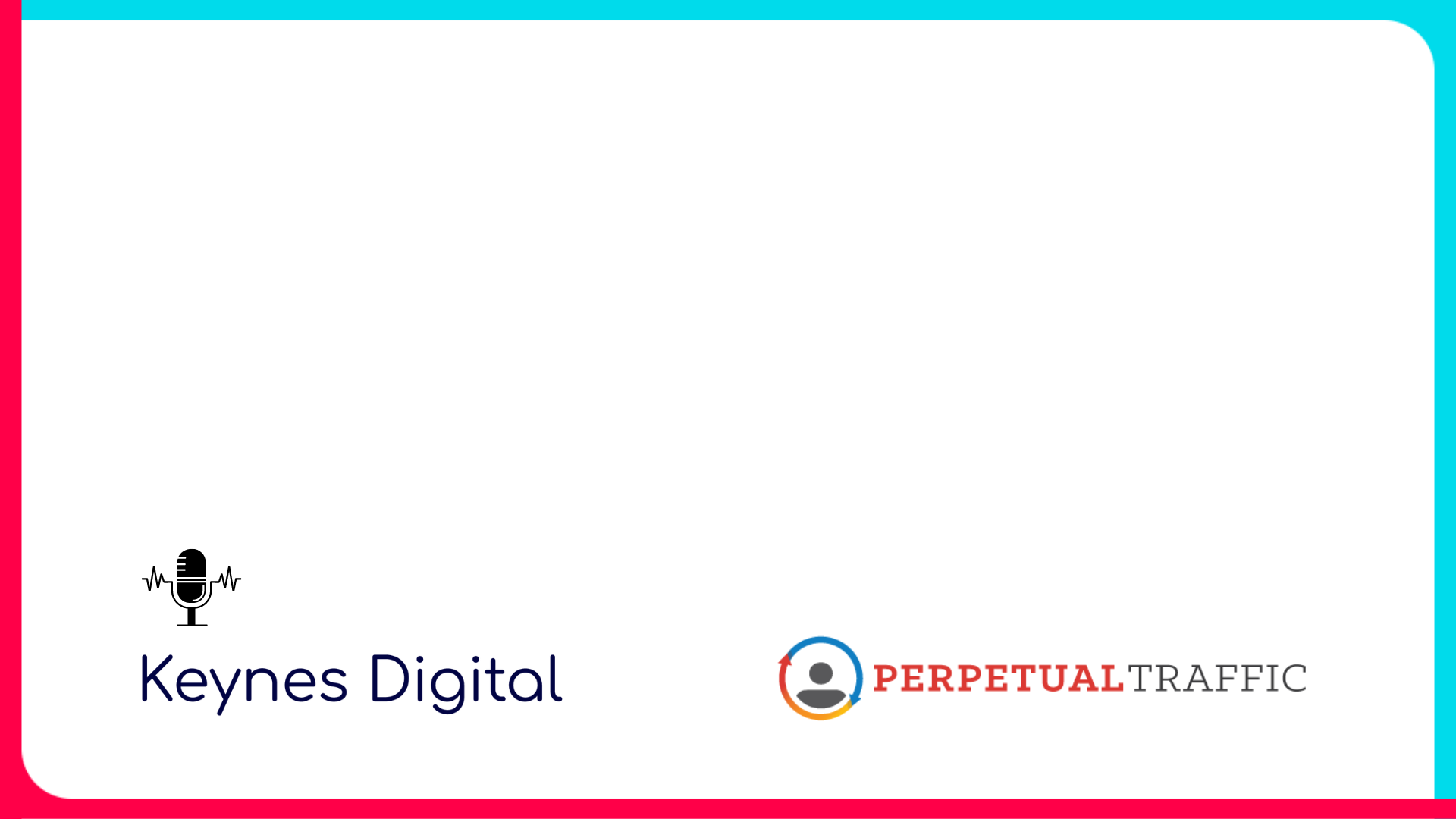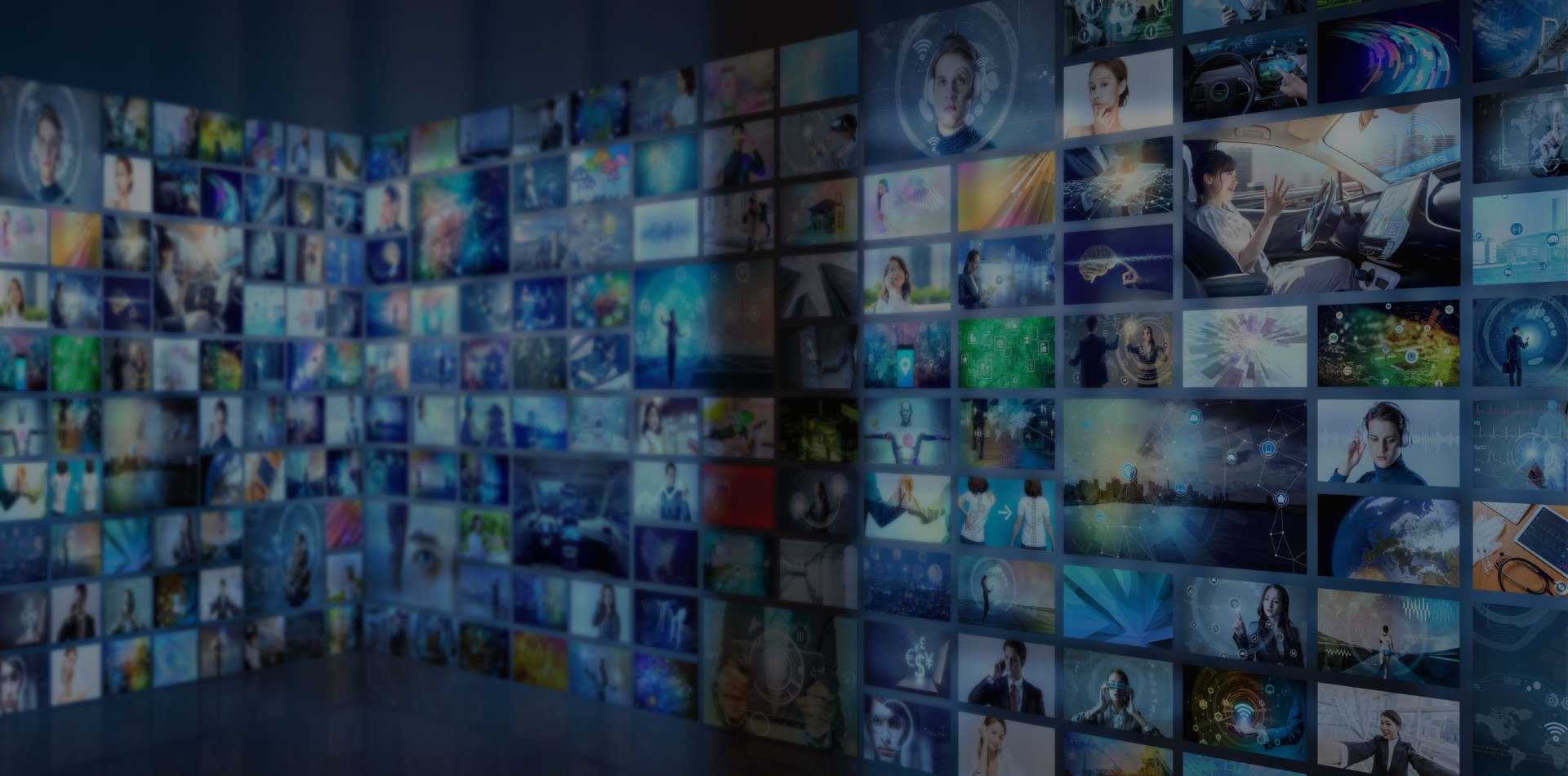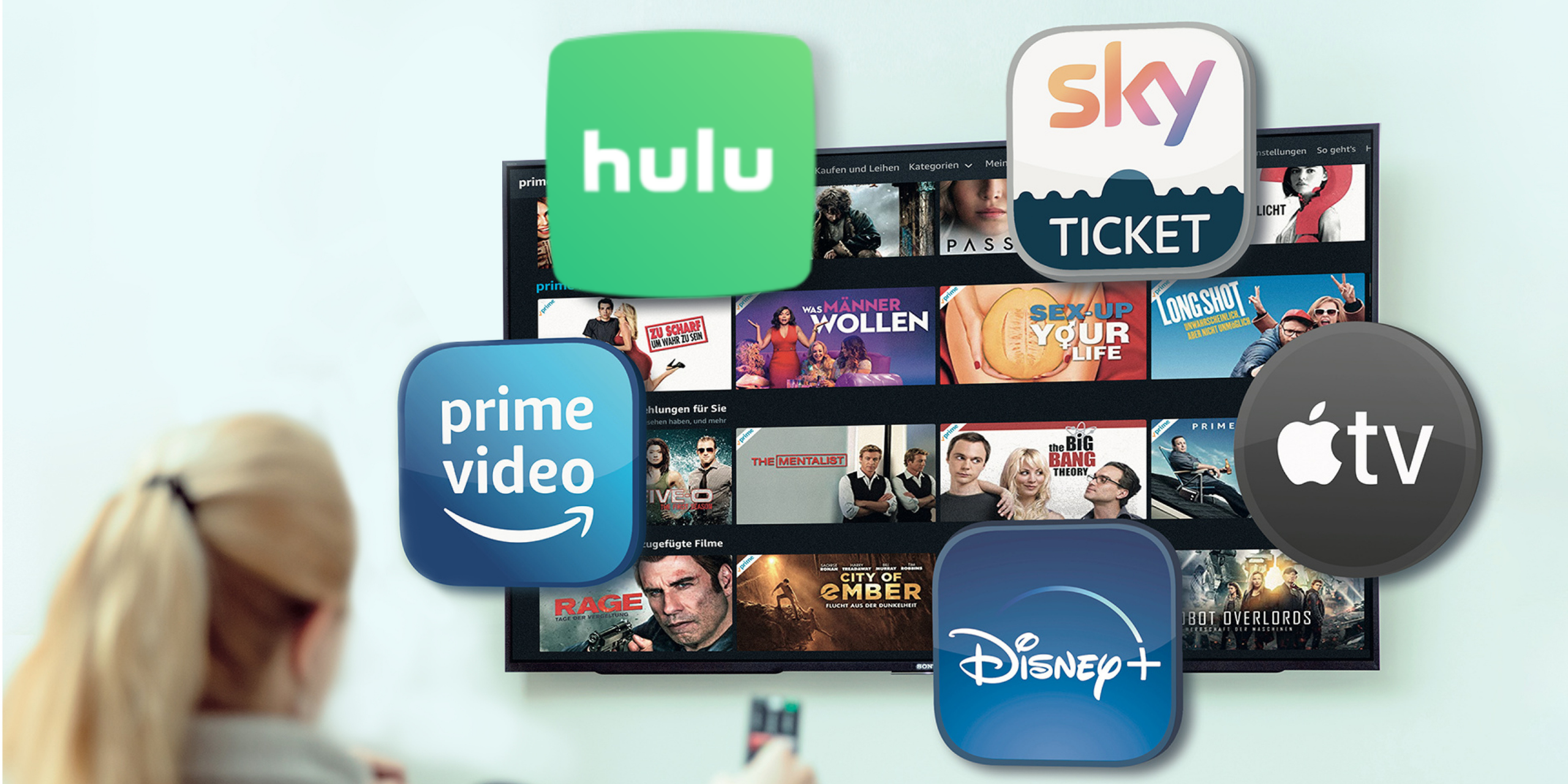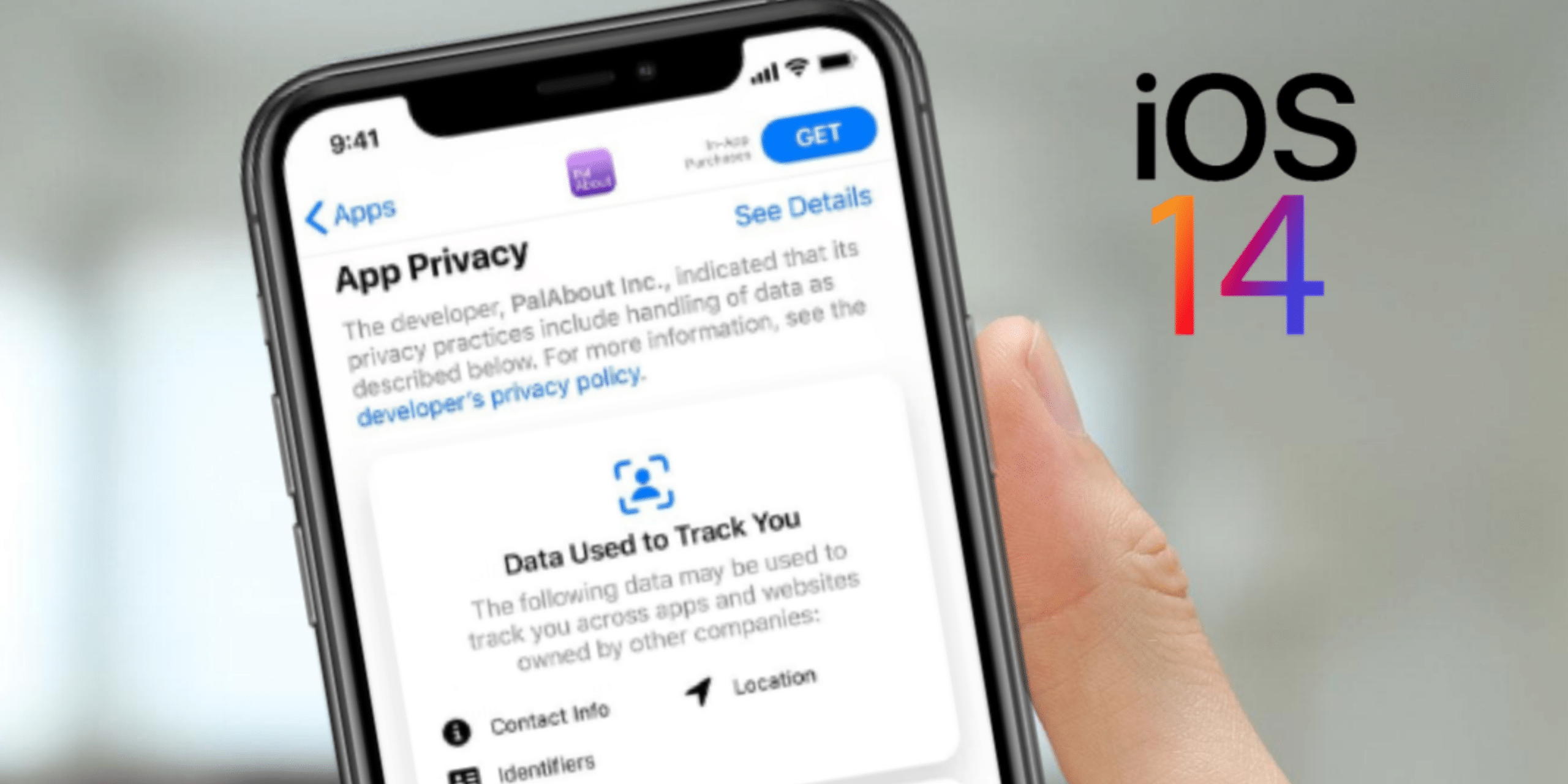Programmatic Advertising Platforms
The programmatic advertising definition refers to the use of automation to buy and sell digital ad space. In a more traditional marketing approach, human employees are needed to negotiate with publishers, marketers, and similar outlets. With the programmatic advertising meaning, this is no longer necessary as it uses modern technology to streamline the process across the board.
According to one recent study, spending on programmatic advertising hit an enormous $129 billion in 2020 alone. Not only that but that number is expected to grow to an incredible $150 billion as soon as the end of the year.
Essentially, programmatic advertising companies help make it easier for brands to reach the audiences that they’re trying to communicate with. Programmatic advertising platforms bring with them several distinct benefits, chief among them being the fact that they save an incredible amount of time. Thanks to tech-based advantages like better targeting, advertisers can get highly relevant, personal ads in front of website visitors without exception. The more relevant the ads are, the lower the cost of acquisition will be – which in and of itself is one of the most important benefits of all.
Another one of the benefits of programmatic advertising comes by way of the real-time optimization that it allows for. Internet users are generating an enormous amount of data at all times – all of which can be used to improve and optimize campaigns across the board. If an advertiser always knows what their conversion rate is, they understand which of their efforts are working – and more importantly, which ones aren’t. This means that they can make changes immediately for a far greater return on investment. Variations of ads can also be adjusted dynamically to help make sure that ads that aren’t performing well aren’t being displayed for too long.
Programmatic Advertising Platforms List
Programmatic advertising platforms use demand-side platforms, or a DSP company for short, to allow marketers to run automated online campaigns with predefined advertisement values. This is also commonly referred to as a process called real-time bidding.
Each DSP programmatic company will come with its network of ad exchanges. These allow communication with SSPs, which is how a connection with a publisher is made.
Say that an advertiser was trying to reach a very niche target audience like CEOs at high-level companies. Based on this niche, the advertiser would know that there are certain publishers that they were not likely to visit. In a DSP programmatic advertising platforms list, one could single out those niche audiences and target those sites where those ideal customers are most likely to be spending their time. That allows them to narrow in on their targeting capabilities, thus increasing their return on investment across the board because they are serving their ads to the right audience. That’s just one of the many examples of programmatic advertising and its benefits.
This is also one of the reasons to pay attention to the top DSPs by market share. Doing so gives an advertiser insight into the most effective way to reach a more precise audience in the most cost-effective way possible.
A programmatic advertising platforms list that is involved in the real-time bidding includes:
- DSPs
- SSPs
- Ad Exchanges
- DMPs
Programmatic DSP platforms offer integration with existing marketing systems and customer relationship management platforms that advertisers already use. Hubspot and Salesforce are programmatic advertising examples that bring everything together into one easy-to-use CRM interface that can be used in an advertiser’s ad campaign. This allows marketers to serve people ads based on the personal data within those marketing systems. Different ads are displayed to customers based on exactly where they are in the marketing funnel at any given moment.
These types of programmatic advertising are a great way to save time by freeing up internal resources through automation. The system handles much of the process on its own, freeing up the valuable time of human employees to focus on those tasks that truly need their attention.
Largest Programmatic Advertisers
To provide good DSP examples, two of the largest programmatic advertisers on the market are The Trade Desk and Google DSP. Each brings its unique approach to the topic.
The Google programmatic platform aims to make interruptive ad experiences a thing of the past. The Google Ad Manager allows marketers to deliver ad experiences that follow people across any tablet, mobile, or desktop device. Advertisers serve branded Google ads – all customizable native or display ads that feel a part of a larger experience. Programmatic advertising Google is a viable way to bring both the scale and impact of data-driven, programmatic advertising to every format.
Keynes partners with The Trade Desk DSP, a very granular programmatic advertising platform. The Trade Desk is a media buying platform designed with the open Internet in mind. But more importantly, it lets marketers reach people from anywhere in the world. This is as opposed to Google’s walled garden approach that people were formerly forced to contend with.
Unlike those walled gardens, an open Internet lets you leverage real-time, actionable, and analytical data to grow an audience from anywhere. More than that, marketers can also do so by leveraging various formats to their advantage. That includes videos, websites, mobile applications, podcasts, streaming television platforms, and more. It allows for comparing performance openly and objectively, allowing advertisers to see exactly what is working about a campaign – and most importantly, what is not.
All of this comes together to form a perfect storm in the best possible way. Brands can launch savvier campaigns and organically grow their audience through custom solutions that reach the people their speaking to more effectively than ever before. They can plan, execute and even measure their digital campaigns via an intuitive, easy-to-use all-in-one platform. They can also leverage the power of first-party data to their advantage, allowing them to capitalize on trends and patterns.
The Trade Desk also offers customizable APIs that make it easy to build on growth goals.
At Keynes, we pride ourselves on being partners with The Trade Desk and following their direction of a safe, open Internet – not only in terms of the current best practices of programmatic advertising but also where the entire industry is headed.
Future of Programmatic Advertising
According to one recent study, while programmatic advertising is popular, it has not hit its peak yet. It is anticipated to account for 86% of all digital advertising spending in the United States alone by the end of 2021. That means it is about to overtake television and radio spending – a trend that shows no signs of slowing down anytime soon.
New ad formats will soon appear, taking user experiences to the next level. Augmented and virtual reality will open the door for new ways to connect with people in meaningful experiences.
In the end, the future of programmatic display advertising is a bright one, indeed. Several technological advancements are poised to make it more effective than ever. The blockchain, for example, is a viable way to eliminate ad fraud by creating a clear record of who is purchasing ads, where they are displayed, and who is seeing them. This is also a way to make programmatic advertising more transparent for marketers and protect the data privacy of the people viewing the ads.
All told, it is and will remain a viable way to create more personal, relevant experiences on behalf of users – which in turn helps brands build intimate and more effective connections with these same people. It generates a higher return on investment than other forms of advertising. It also allows marketers to reach people where they are on their terms. That last point in and of itself may very well be the most beneficial of all.
Industry Expert Insights
We are your high-touch, performance-focused streaming TV and programmatic advertising partner. Our team of experts and a one-of-a-kind data-driven platform connects you to the best streaming TV marketing strategies.


